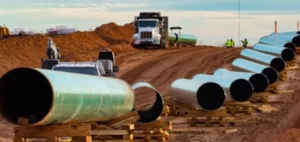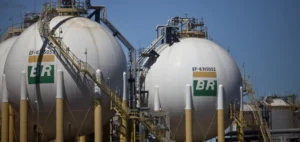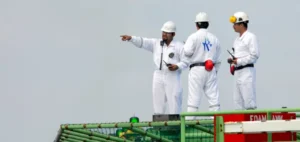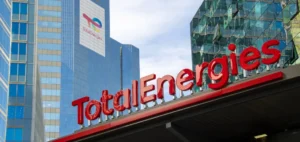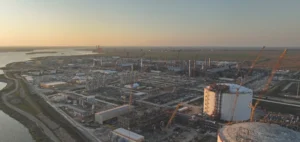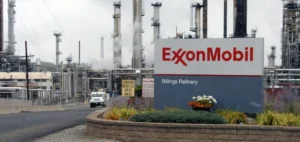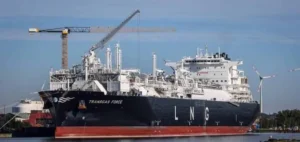Cooler temperatures expected in the Northeastern U.S. from August 19 should lead to a significant reduction in demand for natural gas for power generation.
According to S&P Global Commodity Insights forecasts, population-weighted temperatures in this region are expected to be more than 7 degrees below the seasonal average, reaching a low of 10 degrees below normal around August 21.
This drop in temperatures will result in highs in the 70s°F in Boston and New York, while overnight lows are expected to drop to around 60°F.
This drop in temperatures should lead to a drop in demand for gas for power generation (power burn), which could fall below 10 billion cubic feet per day (Bcf/d) for the first time since June.
During the period August 20 to 25, regional gas demand for power generation is estimated at an average of 9.6 Bcf/d, down from an average of 12 Bcf/d in August to date, and close to 12.8 Bcf/d in July.
Impact on spot gas prices
The natural gas market is already reacting to this weather forecast.
Spot prices at Northeast market hubs and Appalachian supply hubs were down 15 to 25 cents on August 16.
For example, at the Algonquin city-gates hub, gas prices for weekend flow dates were trading around $1.60/MMBtu, compared with a previous settlement at $1.78.
Similarly, at the Transco Zone 6 New York hub, the spot market fell to around $1.50, down from a previous settlement of nearly $1.74.
In Appalachia, prices at the Eastern Gas South hub also fell by 15 cents to trade around $1.45, according to data from Intercontinental Exchange and S&P Global Commodity Insights.
With the end of the summer heat and the arrival of milder temperatures, the growing imbalance between supply and demand in the region could continue to exert downward pressure on gas prices, as inventory injections begin to gather momentum as autumn approaches.
Inventory status and forecasts
On August 15, the US Energy Information Administration (EIA) published a more optimistic than expected natural gas storage report, revealing an injection of just 4 Bcf in the East region for the week ending August 9.
After reaching an annual peak in mid-June, the Eastern Region storage surplus now stands at just 65 Bcf, down from over 120 Bcf two months ago.
Lower demand in the Northeast gas market has left more supply available for storage injections.
According to an early projection from S&P Global Commodity Insights’ gas storage model, the East region could post an injection of 13 Bcf for the week ending August 16, still below the average injection of 18 Bcf reported over the last five years.
Looking ahead to the storage week ending August 23, it’s likely that the EIA will report an even larger injection, potentially fuelling a recovery in excess Eastern storage just before the autumn season of falling demand.
In the gas futures market, traders are already bracing for large base reductions in Northeast hubs, particularly in Appalachia, where abrupt reductions are common in autumn.


